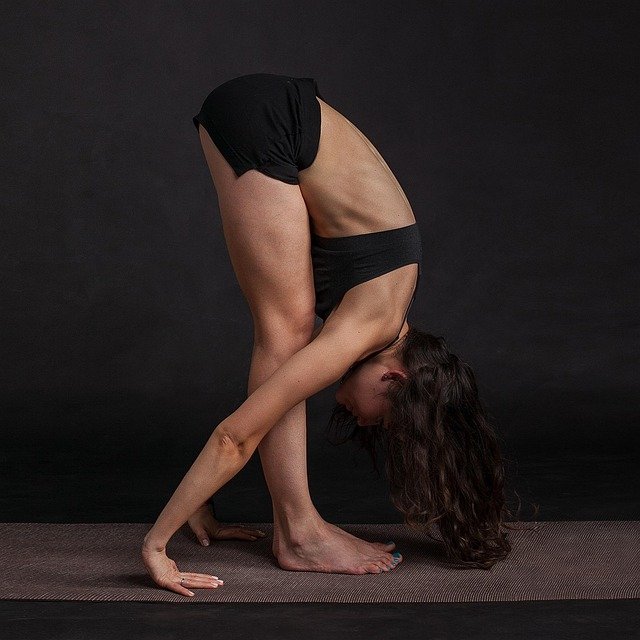Five-minute mobility flows to reduce stiffness and enhance posture
Short, focused mobility flows you can do in five minutes help reduce stiffness and support better posture without special equipment. This article offers concise routines combining gentle stretches, breathing cues, and light strength moves, plus practical tips on hydration, recovery, and habits that sustain improvements.

Begin with a short breathing reset and gentle movement to wake connective tissue and bring awareness to alignment. A five-minute sequence can break up prolonged sitting, improve circulation, and prime muscles for better posture. Use slow, controlled motions and pay attention to pain signals — mild discomfort is normal, sharp pain is not. Combine these flows with consistent sleep, hydration, and balanced nutrition to support tissue repair and endurance over time.
This article is for informational purposes only and should not be considered medical advice. Please consult a qualified healthcare professional for personalized guidance and treatment.
What is mobility and why it matters
Mobility refers to controlled, usable range of motion at joints and the ability to move through that range with stability. Improved mobility reduces stiffness, supports functional strength, and can make everyday postural demands easier to sustain. Incorporating mobility flows into daily routines helps maintain flexibility, supports circulation, and reduces the compensatory patterns that lead to postural strain. Aim to do short sequences several times a day rather than infrequent long sessions to build lasting movement quality.
Quick stretching sequences for stiffness
A practical five-minute flow pairs dynamic and static elements: cat–cow to mobilize the spine, shoulder circles to loosen the upper back, hip swings to free the pelvis, and a standing hamstring sweep to ease posterior chain tension. Hold gentle static stretches for 10–20 seconds and emphasize breathing to help tissues relax. These moves improve flexibility and circulation without requiring long cooldowns, making them ideal for microworkouts between tasks.
How to use breathing and recovery
Intentional breathing supports mobility by lowering sympathetic tone and improving movement control. Practice slow diaphragmatic inhales and extended exhales during each movement to enhance relaxation and joint access. Recovery practices such as short mobility routines before bed, targeted sleep hygiene, and active recovery (light walking or mobility drills) help consolidate gains. Prioritize rest and progressive loading rather than forcing flexibility, to protect tissues while improving endurance and movement resilience.
Hydration, nutrition and skincare links
Hydration influences joint lubrication and tissue pliability; aim for regular fluid intake across the day to support circulation and recovery. Balanced nutrition that includes protein, healthy fats, and micronutrients supports tissue repair and strength adaptations. While skincare won’t directly change mobility, maintaining healthy skin and connective tissue through gentle care and sun protection helps overall comfort during movement and recovery routines, especially for outdoor activity.
Microworkouts and strength in five minutes
Short strength elements can be woven into mobility flows: three sets of 30–60 seconds of bodyweight squats, wall push-ups, or single-leg balance drills increases muscular support for posture. These microworkouts improve strength and endurance while reinforcing movement patterns practiced in mobility drills. Progressive overload over weeks—adding repetitions or brief resistance—supports long-term improvements without lengthy gym sessions.
Integrating routines for lasting posture
Consistency is the core benefit of five-minute flows: schedule them as small habits after waking, during work breaks, or before sleep to counteract prolonged static postures. Focus on alignment cues—neutral spine, rib-to-pelvis connection, and shoulder blades down and back—while performing mobility exercises. Track progress by noting reduced stiffness, improved breathing during movements, and easier daily tasks; incrementally increase complexity by adding balance, rotation, or light resistance.
Incorporate these short mobility flows alongside broader lifestyle supports like sleep, hydration, and balanced nutrition for the best outcomes. Regular practice, attention to breathing, and gradual strength work help reduce stiffness and promote sustainable posture improvements without extensive time commitments.





